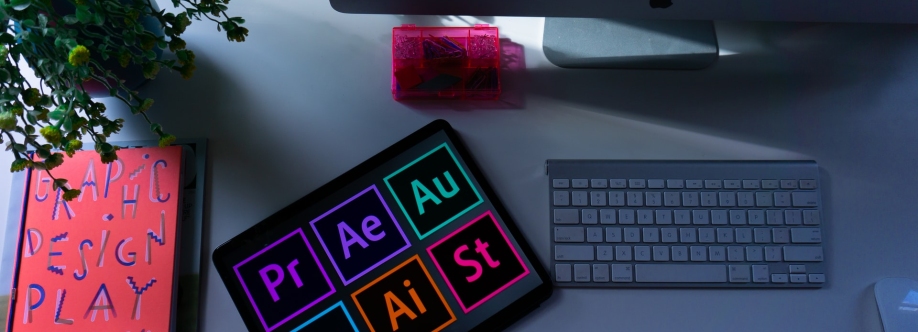
Apr
The Role of Photography in Graphic Design
Introduction to Photography in Graphic Design
Photography plays a pivotal role in the world of graphic design, serving as a primary source of visual inspiration and communication. From advertising to branding, web design to print media, photography is ubiquitous, breathing life into designs and conveying messages with unparalleled clarity.
Evolution of Graphic Design and Photography
The evolution of graphic design has been intertwined with advancements in photography technology. As cameras became more accessible and versatile, designers gained the ability to manipulate and incorporate photographic elements into their creations, expanding the boundaries of visual communication.
Importance of Visual Communication
Exploring the Power of Images
Images possess a universal language that transcends barriers of culture and language. In graphic design, photographs have the power to evoke emotions, tell stories, and capture attention in a way that words alone cannot.
Creating Emotional Connections
Photography allows designers to establish emotional connections with their audience by selecting images that resonate with their target demographic. Whether it's a product advertisement or a website banner, compelling visuals can leave a lasting impression and drive engagement.
Incorporating Photography in Graphic Design
Enhancing Visual Appeal
Photography adds depth and dimension to graphic design, transforming ordinary layouts into visually stunning masterpieces. By carefully selecting and editing photographs, designers can evoke specific moods and convey complex ideas with simplicity and elegance.
Conveying Messages Effectively
Photographs serve as powerful storytelling tools, enabling designers to communicate messages with immediacy and impact. Whether it's conveying the benefits of a product or capturing the essence of a brand, photography enhances the communicative power of graphic design.
Photography Techniques for Graphic Design
Are you looking For Best Graphic Design Course in Delhi? Visit Here https://www.tgcindia.com/course/graphic-design-courses-in-delhi/
Composition and Framing
Effective composition is essential for creating visually striking designs. Photographers and designers alike must understand principles such as the rule of thirds, leading lines, and symmetry to create balanced and compelling compositions.
Lighting and Shadow
Lighting plays a crucial role in photography, shaping the mood and atmosphere of an image. Designers must consider factors such as natural light, artificial light, and shadow play when incorporating photographs into their designs.
Colour Theory
Colour has a profound impact on human psychology and perception. Designers must understand colour theory principles such as hue, saturation, and contrast to create harmonious and visually appealing compositions.
Examples of Successful Integration
Numerous examples demonstrate the seamless integration of photography and graphic design, from iconic advertising campaigns to award-winning editorial layouts. By studying these examples, designers can gain insights into effective techniques and strategies for incorporating photography into their own work.
Challenges and Solutions
While photography enhances the visual appeal of graphic design, it also presents challenges such as copyright issues, image resolution, and consistency in branding. Designers must navigate these challenges with creativity and professionalism, seeking solutions that balance artistic vision with practical considerations.
Future Trends in Photography and Graphic Design
As technology continues to evolve, the future of photography and graphic design holds endless possibilities. From immersive virtual reality experiences to interactive augmented reality interfaces, designers are poised to push the boundaries of creativity and innovation in the digital realm.
Conclusion
Photography plays an indispensable role in the world of graphic design, enriching visual communication with its power to captivate, inspire, and inform. By embracing photography as a fundamental tool of their trade, designers can create compelling and memorable experiences that resonate with audiences on a profound level.